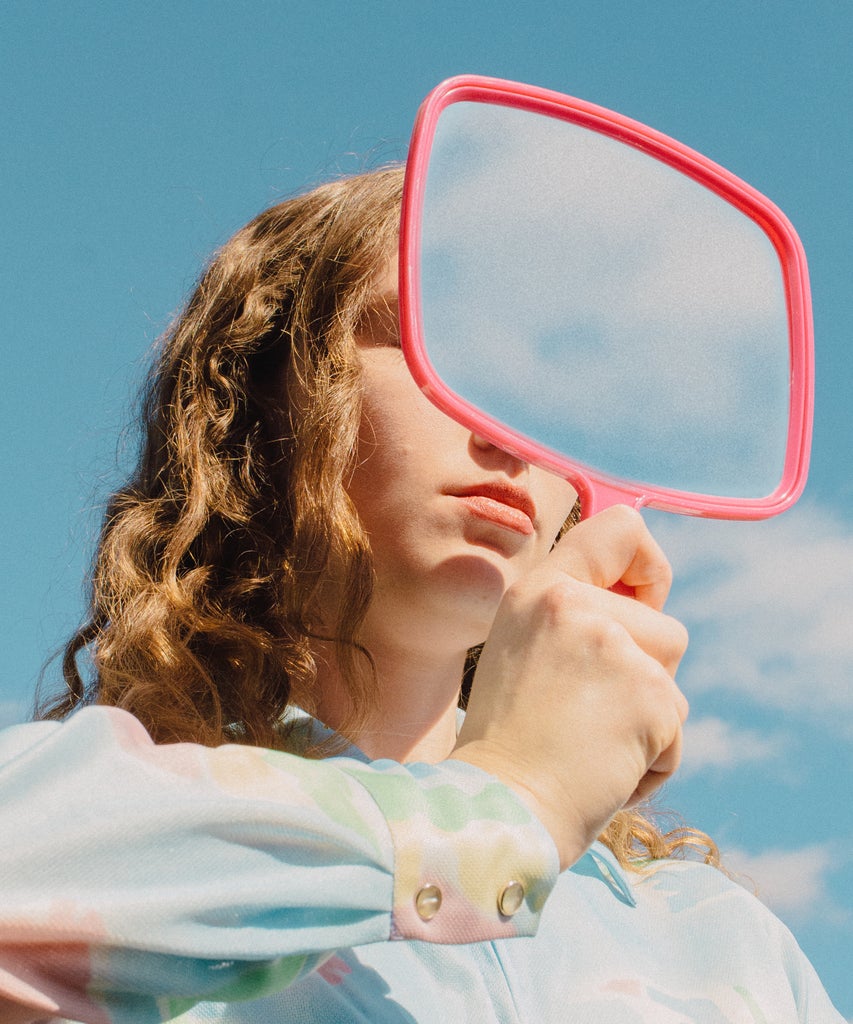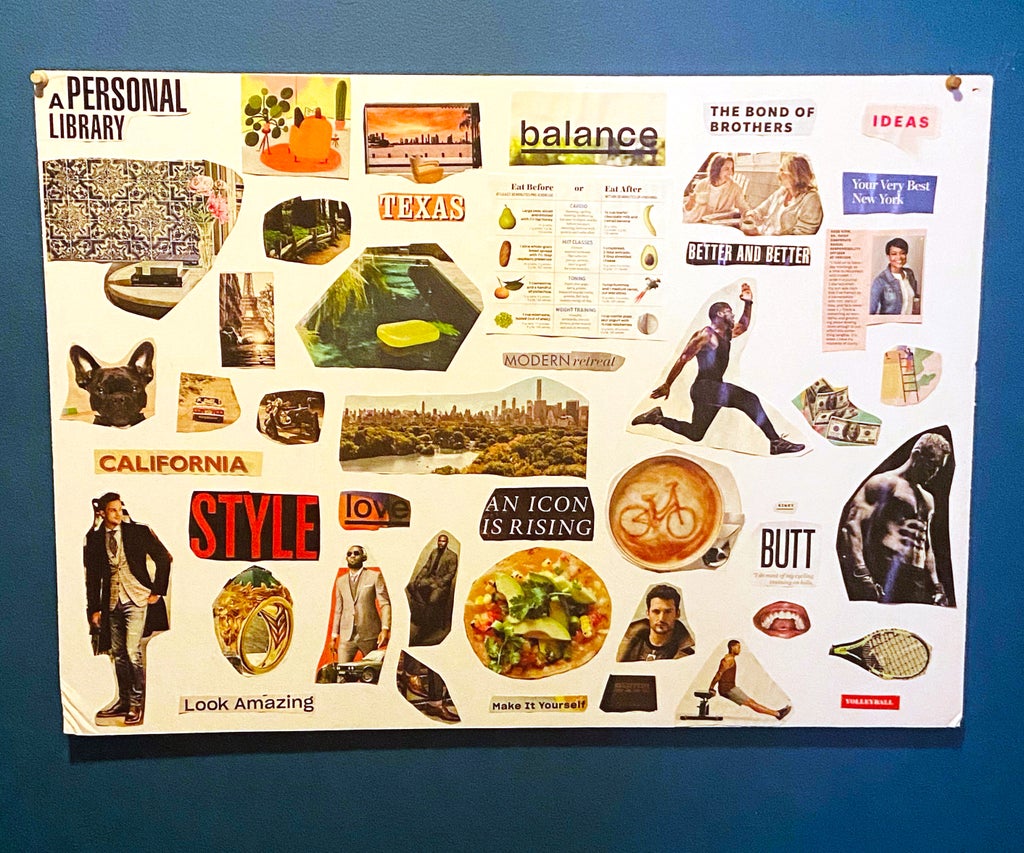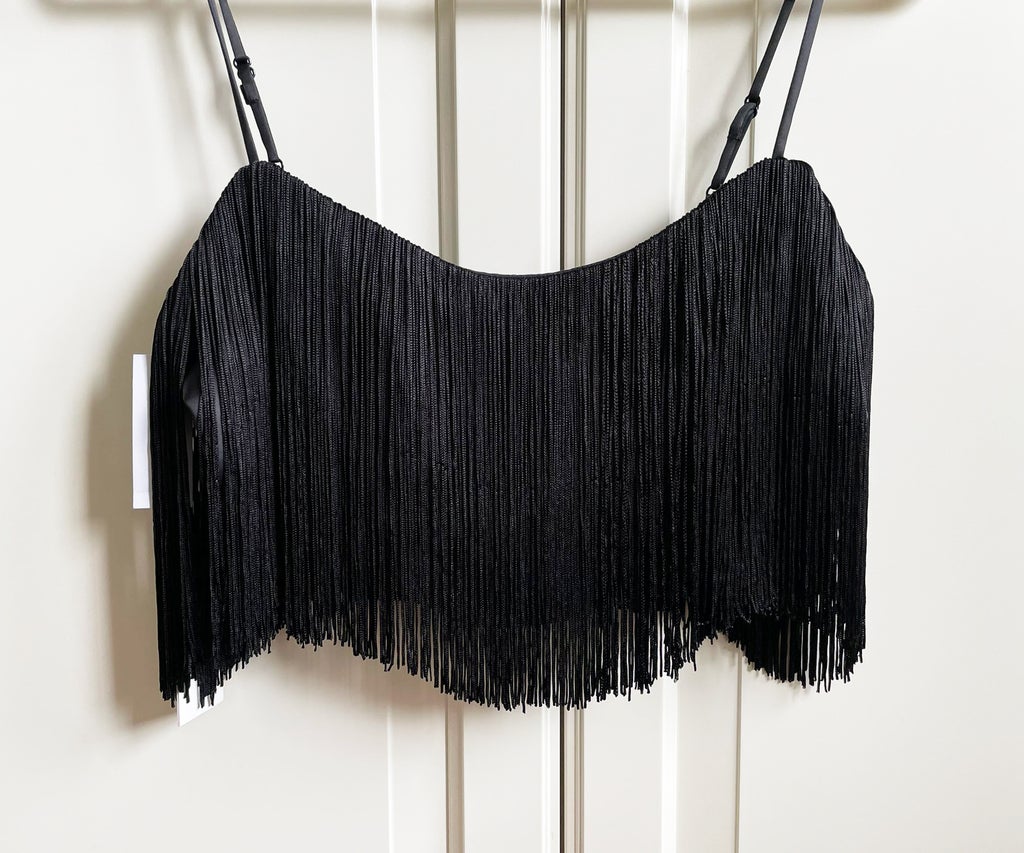
As he does every January, Devin Daly-Huerta sat down earlier this year to work on his New Year’s vision-board collage. The United States was still in the grip of the coronavirus pandemic but news of a vaccine was beginning to circulate, and he was feeling optimistic about life come springtime. The vision board was the usual mix of career goals, states he’d love to travel to, and wellness habits he intended to incorporate into his year ahead. For the first time, though, he decided to add a “style” section to the equation.
“For me, it’s been about taking a step back and asking, ‘What’s important to me now?’” he says. The answer: reinventing his post-pandemic identity through clothes.
The New Yorker has taken his vision board to heart. He was newly vaccinated when he cleaned out his closet and donated the items that no longer spoke to him, like the Mexico jersey he bought during the FIFA World Cup in 2018 and jackets that he no longer felt comfortable in. “They felt like a relationship that no longer served me,” he says.

The 35-year-old is just one of many looking to fashion as a way to make sense of the impact the last past 15 months had. The coronavirus pandemic shook up the lives, jobs, and relationships of untold people. There is no amount of therapy that would enable us to make perfect sense of all the loss and suffering we’ve endured, but in the meantime, our clothing gives us a tangible way to express ourselves and mark the enormous sense of change we’re all experiencing.
“Fashion is a way that we show our identities, how we show ourselves to the world,” says Carolyn Mair PhD, a behavioral psychologist and author of The Psychology of Fashion. “The minute we could get dressed again, it’s like ‘School’s out!’”
Mair says that throughout the pandemic, fashion trends and consumer behaviors were proof of the psychological effects of this once-in-a-lifetime event. At first, the privileged work-from-home crew was ecstatic to shed the layers of workwear to spend all day in pajamas. “But just like fashion, it’s cyclical,” says Mair. After a while, people were sick of the endless cycles of no-makeup days and couch-appropriate loungewear. They began to crave a promise of a return to life like we’d known it.
With much of the year spent in isolation, people have missed the feeling of debuting a look that wasn’t a new mask in front of strangers. “We like the appraisals we get, we like the feeling that we make an impression on people [through clothes],” says Mair. “It’s so deep in us.” The psychologist argues that even people who think they don’t care about fashion are subject to its power to uplift and instill a sense of self-confidence.
Since January, searches for sparkly bras, pearl and feather headbands, and metallics have surged, according to the shopping platform Lyst. On the runway, heels have gotten higher and have been accompanied by bigger sleeves, bubble-like hemlines, feathered trims, and crystal-encrusted pieces. In living rooms, athleisure-bucking trends like #FormalFridays played out. “We’ve missed the glamour, the sexiness, the fun,” Mair adds.
Alberta, Canada resident Katrina Turchin is looking forward to getting back to the glamour. Last month, she purchased the shirt she’ll wear in August for her 22nd birthday, when coronavirus restrictions will be lifted where she lives. The shirt — a black fringed crop top from Aritzia — wasn’t easy to get. “After all my friends said not to get it, I waited, and it sold out,” she says. “Finally, when they said restrictions would be lifted by the time of my birthday, I had to buy it from someone on Facebook Marketplace.”

The desire to make up for lost time, that has given rise to Turchin’s behavior, is right in line with what experts have been calling “revenge fashion,” a kind of shopping experience that looks to avenge the time and outfits lost because of the pandemic. Months upon months wearing the same old in the same old environs did not cement a new fashion-indifferent normal. Both luxury and fast-fashion retailers have predicted an uptick in sales online and IRL, while the secondhand and resale markets that sprung up during the pandemic — like Facebook Marketplace and Depop — are providing people with an outlet to embrace post-quarantine fashion in a more ethical way.
It’s also a way to feel like we’re moving forward. Prior to March 2020, Turchin’s look was glamorous, with tall heels and skirts to attend classes, in contrast to her classmates’ jeans and sweatpants. These days, she’s starting over.
Like Daly-Huerta, Turchin has been cleaning out her closet. “I’m now more interested in wearing classic pieces than just trends, things that I can wear for a long time,” she says. “Also things that are just really fun.”
Like what you see? How about some more R29 goodness, right here?
People Are Dressing Up To Get The Vaccine
Powered by WPeMatico





